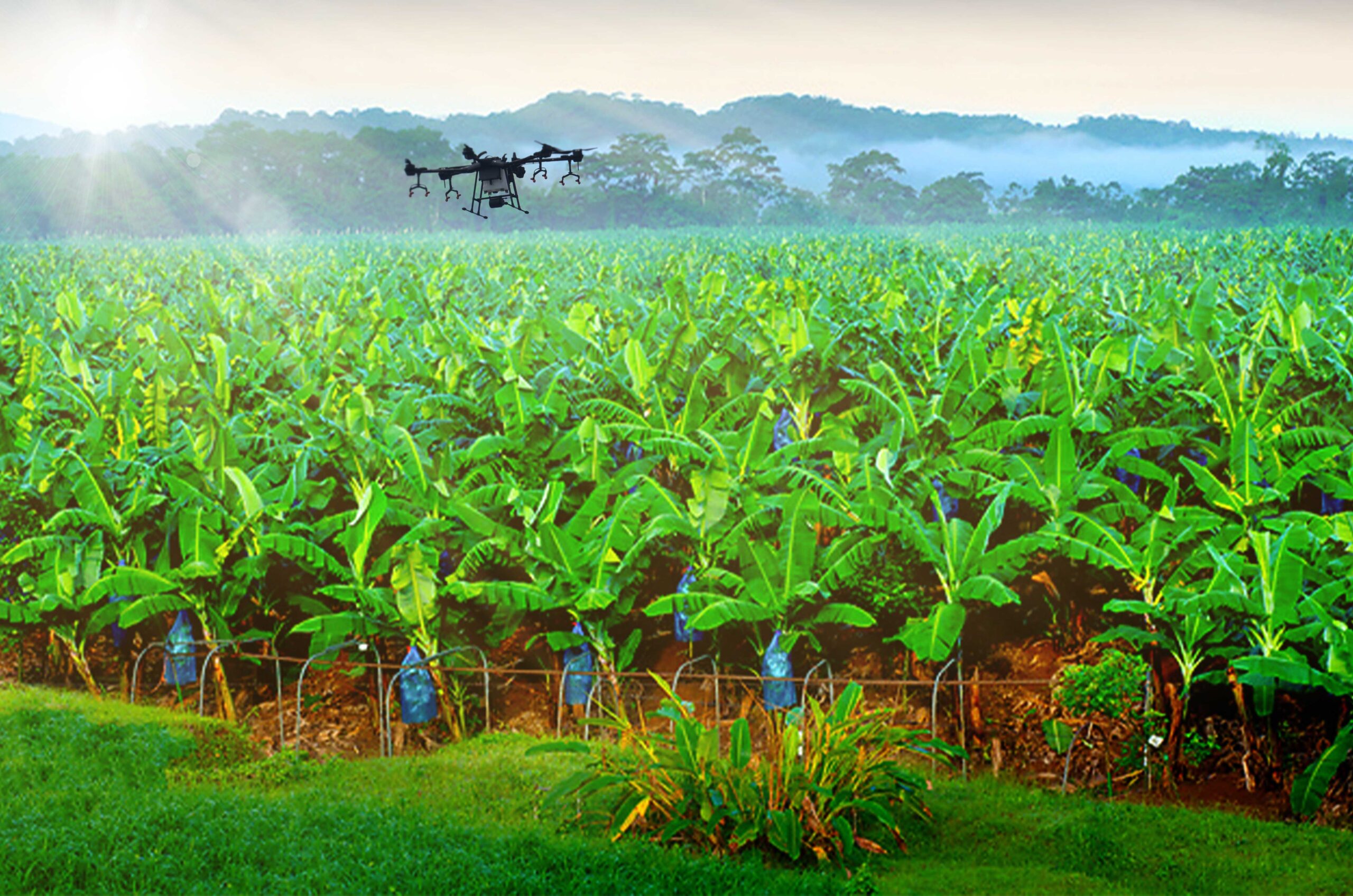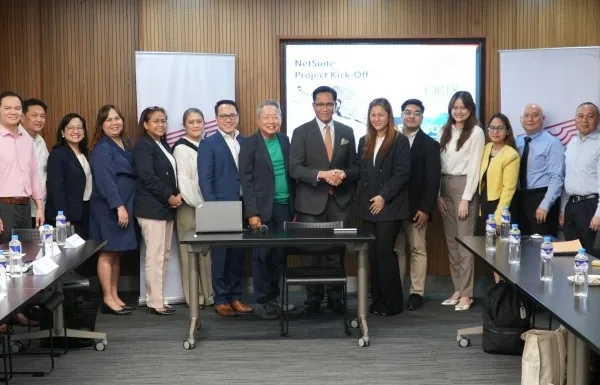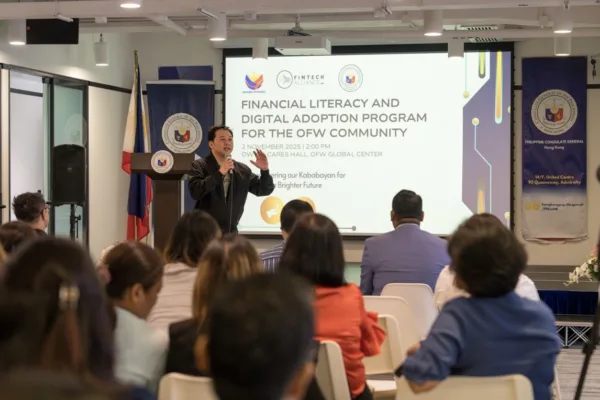The Philippines is currently making significant strides towards achieving rice self-sufficiency, with a recent projection indicating a 95-day rice stock by the end of the year.
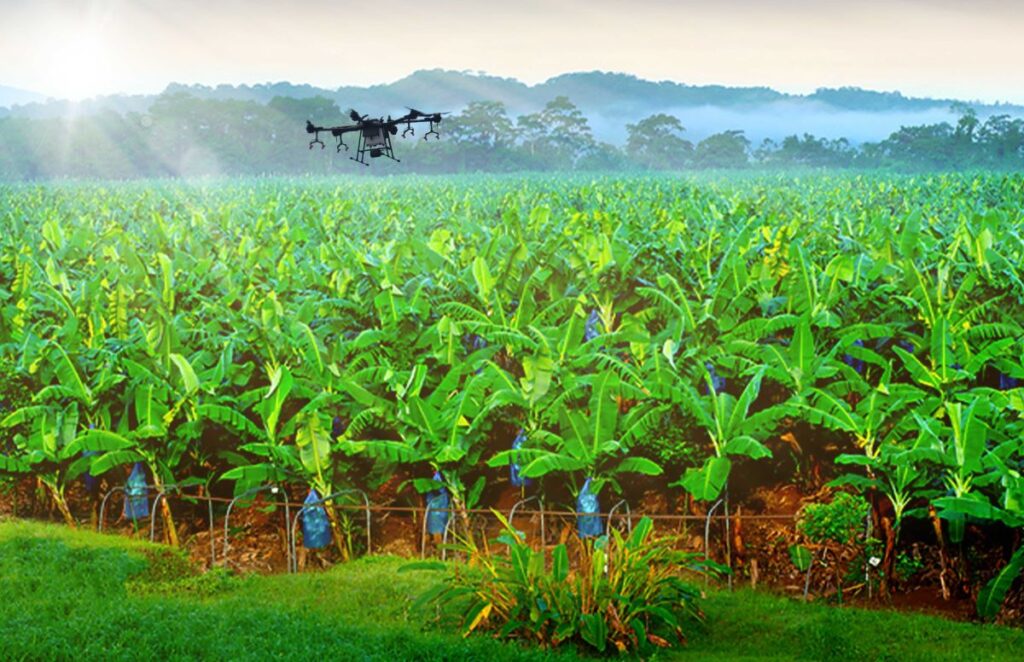
This milestone reflects the effectiveness of strategic agricultural planning and the resilience of Filipino farmers, who have persevered through numerous challenges to bolster the nation’s food security. However, while this achievement is commendable, it is also important not to overlook the persistent vulnerabilities that continue to threaten the country’s food supply while ensuring rice self-sufficiency.
Rice self-sufficiency beyond 95-day horizon: Technology’s role in agriculture
While a 95-day rice supply is a positive indicator, it is not without its limitations. The country’s food security and rice self-sufficiency remain fragile, particularly in the face of external shocks such as extreme weather events and global trade disruptions.
A 2022 analysis by the Carnegie Endowment highlighted the Philippines’ susceptibility to food price inflation, driven by these very factors. As climate change intensifies and global markets become increasingly volatile, the need for innovative solutions in agriculture becomes more pressing.
The Department of Agriculture (DA) has acknowledged the ongoing challenges within the Philippine agricultural sector, including inadequate rural infrastructure, limited access to financing, and the slow adoption of modern technology.
These issues underscore the importance of integrating advanced technological solutions to enhance agricultural productivity and sustainability. One such promising technology is the use of drones in precision farming.
Drones have the potential to revolutionize rice farming in the Philippines. By enabling precision agriculture, drones can help farmers optimize their use of resources, reduce the need for pesticides, and increase crop yields.
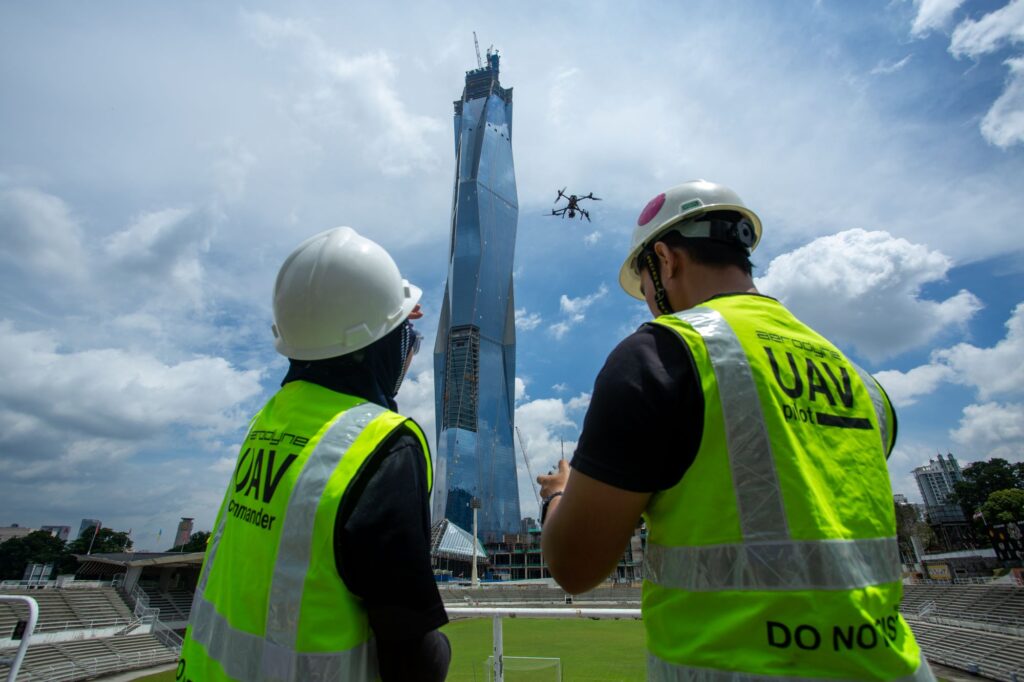
One great example of this is Aerodyne, a Malaysia-based startup operating drone solutions for energy, agriculture, surveillance, and logistics industries in 45 countries, including the Philippines. One of its products, DRONOS, is an innovative, end-to-end drone service platform that allows users to onboard, analyze, and make sense of drone data to optimize operations, drive efficiencies, and conduct aerial inspections to keep workers safely on the ground.
This technology allows for real-time monitoring of crops, accurate application of fertilizers and pesticides, and better management of water resources, all of which are crucial for maximizing rice production. As the global population continues to grow and the demand for food increases, embracing such innovations could be key to ensuring food security for the Philippines.
The Looming Shadow of Import Dependence
Despite the progress in increasing domestic rice production and rice self-sufficency, the Philippines still relies heavily on rice imports to meet its consumption needs. This dependency exposes the country to fluctuations in global rice prices and potential supply chain disruptions, leaving the nation vulnerable to shortages and price hikes.
A 2023 analysis by “The New Humanitarian” highlighted the precarious situation of Filipino farmers, who are caught between low profits and the constant threat of hunger, partly due to the reliance on rice imports.
To reduce this dependency and strengthen the country’s food security and rice self-sufficency, it is essential to focus on boosting local rice production. This requires not only improving infrastructure and access to financing but also adopting modern technologies that can increase efficiency and yield.
However, the path to technological adoption in Philippine agriculture is fraught with regulatory challenges, particularly from the Fertilizer and Pesticide Authority (FPA).
The FPA’s Regulatory Roadblock to Technological Progress
The adoption of drone technology in agriculture, while promising, is currently hampered by regulatory barriers set by the FPA. The existing regulations surrounding approved pesticides, accreditation processes, and off-label use create significant uncertainty for farmers and drone operators.
These bureaucratic hurdles stifle innovation and investment, preventing the widespread adoption of drones and other advanced technologies that could significantly enhance rice production.
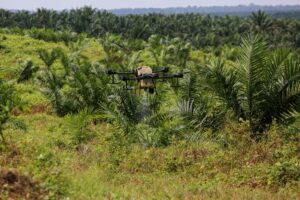
For the Philippines to fully realize its potential in achieving rice self-sufficiency, it is crucial to address these regulatory challenges. The FPA must revise its guidelines to be more supportive of technological advancements while ensuring that safety and environmental standards are met. Clear, forward-thinking regulations are essential to encourage the adoption of innovative solutions like drone technology, which can play a pivotal role in transforming the agricultural sector.
The Path Forward: Embracing Innovation and Forward-Thinking Regulations
The journey towards rice self-sufficiency in the Philippines is ongoing, and the country has the potential to secure its food future through the strategic use of technology.
By addressing the vulnerabilities in rice production and fostering an environment that encourages responsible innovation, the Philippines can achieve sustainable self-sufficiency. The FPA, in particular, has a vital role to play by revising its regulations to support technological adoption.
Embracing drone technology and other advancements will help secure the nation’s rice supply and position the Philippines as a leader in sustainable and efficient agricultural practices.
As the country continues to navigate the complexities of food security, integrating technology and reform regulatory frameworks will be key to building a resilient and self-sufficient agricultural sector.




